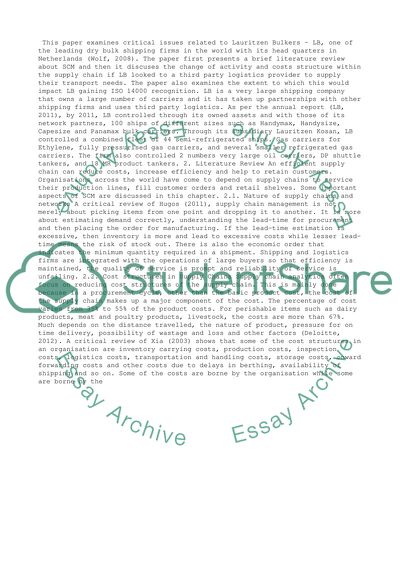Cite this document
(“Identify and Discuss the Change of Activity and Costs Structure within Essay”, n.d.)
Identify and Discuss the Change of Activity and Costs Structure within Essay. Retrieved from https://studentshare.org/management/1446461-identify-and-discuss-the-change-of-activity-and
Identify and Discuss the Change of Activity and Costs Structure within Essay. Retrieved from https://studentshare.org/management/1446461-identify-and-discuss-the-change-of-activity-and
(Identify and Discuss the Change of Activity and Costs Structure Within Essay)
Identify and Discuss the Change of Activity and Costs Structure Within Essay. https://studentshare.org/management/1446461-identify-and-discuss-the-change-of-activity-and.
Identify and Discuss the Change of Activity and Costs Structure Within Essay. https://studentshare.org/management/1446461-identify-and-discuss-the-change-of-activity-and.
“Identify and Discuss the Change of Activity and Costs Structure Within Essay”, n.d. https://studentshare.org/management/1446461-identify-and-discuss-the-change-of-activity-and.


